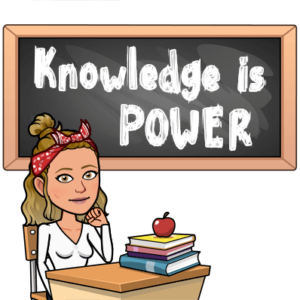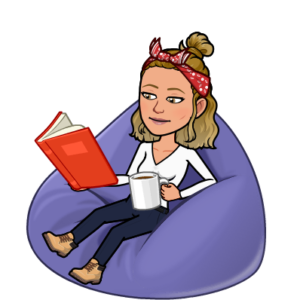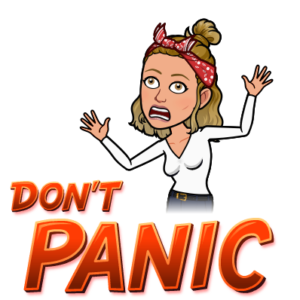I was extremely fortunate to have a practicum teacher that gave me full reins to take over his Gr. 10 Physical Health Education (P.H.E.) classes over the last three weeks. Apart from the rich learning and immediate feedback/ debrief I was able to obtain in my “real-time” learning, I also took it upon myself to handle the assessment portion for my time with the students. Following the Correlieu Active Living Physical Education Learning Outcomes sheet, I was able to make learning intentions very clear to my students, aid them in their self-assessments every day by conferencing daily and provide formative feedback before, during and after class.
The learning intensions were not an unfamiliar beast to the students, as they have been with my practicum teacher for a few weeks prior to my arrival. I however; did go over the responsibilities each student had, explaining that they all start the day with 20/20, and go from there. We went over examples of how that might look if a student were to choose to not change, help out, participate or include others. We went over that this course is not about “skill” as it is about improving where we are already at and providing life long learning for health and fitness. It was made clear, that “top-athletes” did not automatically get an “A” and were expected to include/ aid others in their participation and those who “hate anything with a ball” were provided exercise opportunities in the warm-ups and cool-downs that exposed them to fitness & health and not necessarily a “sport.” It was also made clear, that with my teaching style, I would provide modifications and adaptations for ALL skill and fitness levels, and students were expected to self- monitor and pick the exercise that works best for them. Lastly, at the end of the day, all I was looking for and hoping they would want to do is: try. Did I also tell them that the only thing to get me 0-100 right quick would be to be on their cell phones when we were doing activities? Yes.
It became apparent very quickly that majority of students were not comprehending the self-assessment aspect as well as I had hoped even after my CT had worked with them and after our thorough explanation and constant examples together. I realized we were going to have to individually walk through the day with them, and help them out as they went. In severe cases where students drastically off the mark of where they were with the requirements, this became a private conversation between the student, coaching teacher and myself. Some of the common cases we experienced were students who were walking through the motions, leaving class, disengaged, on their phones etc… were giving themselves 18’s while others who were inclusive, positive attitude, engaged with all activities, helping out with equipment etc… were giving themselves 12’s. By the end of the 3rd week, students were majority on board with their self-assessment and finally getting the why behind their mark. For example: “I am giving myself a 17 today because I changed, participated, but I was late coming back from break and I didn’t help with equipment.” It was also so rewarding to see those students who struggled with self-confidence in week 1, gain a “sassy” side by week 3 when self-assessing, knowing they absolutely dominated and exceeded expectations.
The Self- Assessment process gave students the opportunity to learn how to reflect on their learning, analyze strengths and weaknesses, and see a direct consequence based on their choices to engage or not that day- which is a pretty awesome life skill to have. By the end of the 3 week practicum, and with some help along the way, students were able to give a self-assessment that sounded like, “I deserve a 17/20 today because I tried during the drills, games and cool down, but I really lacked in the warmup, did not help with equipment set up and forgot my gym strip.” Not only are students accountable and reflecting on their learning, but they also know that the mark they give is part of their overall outcome based on our daily conferences. The summative mark that will be shown on their report, will be an accumulation of negotiations and conferences that we had together. What could be more empowering than knowing you had say in your own outcome?
Overall, the assessment process went really smoothly. It is difficult however; as a Teacher Candidate to know certain situations with students, particularly with their absences. I did not take into consideration their absences when it came to grades, I just pretended like that day did not exist, and wrote a note to my CT. The thing is, I do not know if those students are absent because of medical, parent or home issues or because they are simply “skipping.” Finding out those answers was also my CT’s job, by phoning home as they have the relationships with the parents. I think that was the most difficult part was I wasn’t the “real” teacher so when it came to issues involving parents, that was not my role in this practicum. But I did what I could, gained much out of it and am looking forward to the next practicum.
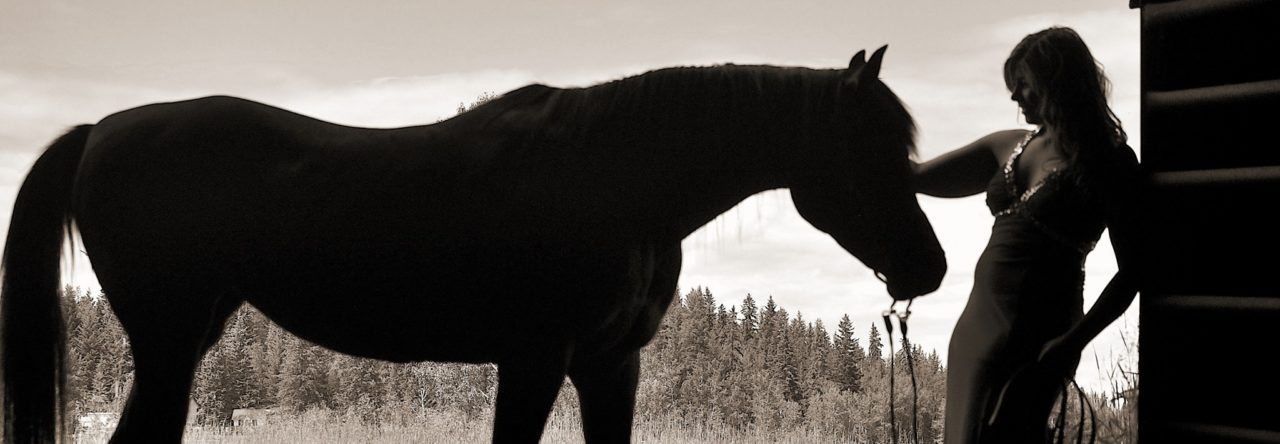
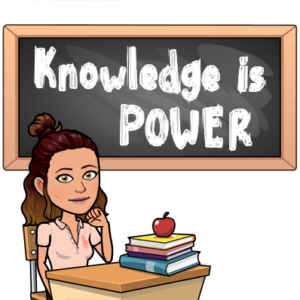 I was pleased that we were able to discuss very relevant topics
I was pleased that we were able to discuss very relevant topics